This article needs additional citations for verification .(September 2023) |
| Total population | |
|---|---|
| 9,000 [1] |
Americans in Guatemala refers to the arrival of United States citizens who have settled in Guatemala.
This article needs additional citations for verification .(September 2023) |
| Total population | |
|---|---|
| 9,000 [1] |
Americans in Guatemala refers to the arrival of United States citizens who have settled in Guatemala.
In the late part of the nineteenth century, there was a growing level of involvement from United States and Germany in Central America. During most of this century, the imports of Guatemala had been dominated by England, followed by France, Germany and the United States. However, in 1879, the United States surpassed France and Germany and in 1889, England. [2]
The United Fruit Company sought the help of President Eisenhower, arguing that Jacobo Arbenz had legalized the Guatemalan Labor Party. In 1952 he was presented as a dangerous communist. In response, the CIA organized "Operation PBSuccess" which consisted in training and funding of a paramilitary rebel army (Liberation Movement). This movement gave the coup of 1954 by overthrowing Arbenz. [3] Today there are companies operating in Guatemala as Compassion Guatemala, OLX, Aventours Travel Agency - Visit The Heart of the Mayan World, etc.
There is much American influence in Guatemala, from the language, religion, traditions and economic influence.
Guatemala is the fourth Latin American country where English is spoken. While in Guatemala only 5% of the population speaks that language, the Swedish company Education First, places the country in 4th place in Latin America in the knowledge of this language. The study establishes the English Proficiency Index (EPI), and places Guatemalans ranked 27th with a score of 47.80 (Lower Level), only surpassed in the region by Argentina, which was placed in 16th with 54.49; Mexico 51.48 (Intermediate) and Costa Rica 49.15 (Low Level). [4]
In 1882, under the presidency of General Justo Rufino Barrios, Frederick Crowe became the first Protestant missionary in Guatemala and officially received the Presbyterian pastor John C. Hill. In 1887 he replaced the Presbyterian minister Eduardo M, Haymaker, who worked in Guatemala over 60 years. By 1900 he entered the Central Guatemala Mission, the Friends (Quakers), the Primitive Methodist Church and the Church of the Nazarene. [5]
The Halloween celebration was propagated in Guatemala in the 1920s, when U.S. troops deployed a military base in the current Campo Marte. During the 1940s, it spread to young people who had more freedom of expression during the government of President Juan José Arévalo. [6]
There are also communities of American Mormon missionaries, who are mainly from Utah and Idaho, there is a Mormon Temple in the City of Guatemala and Quetzaltenango.

Alfonso Antonio Portillo Cabrera is a Guatemalan politician who served as President of Guatemala from 2000 to 2004.
Dina Posada is one of Central America’s poets. Fuego sobre el madero, a collection of poems that celebrate love, eroticism and the female body was published in 1996..
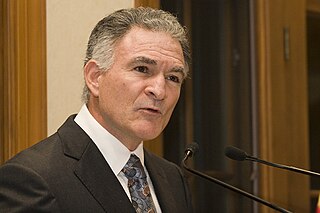
Dionisio Gutiérrez Mayorga is a Guatemalan businessman and media personality. He is currently the President of Fundación Libertad y Desarrollo.

Guatemala, officially the Republic of Guatemala, is a country in Central America. It is bordered to the north and west by Mexico, to the northeast by Belize, to the east by Honduras, to the southeast by El Salvador. It is touched to the south by the Pacific Ocean and to the northeast by the Gulf of Honduras. With an estimated population of around 17.6 million, Guatemala is the most populous country in Central America and the 11th most populous country in the Americas. It is a representative democracy with its capital and largest city being Nueva Guatemala de la Asunción, also known as Guatemala City, the most populous city in Central America.

Christianity is the largest religion in Venezuela, with Catholicism having the most adherents.
Humberto Luna is a Spanish-language radio personality, TV host, and movie actor. He currently has a Spanish-language radio show broadcast throughout the United States called El Show de Humberto Luna.
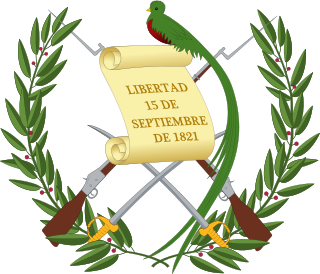
Presidential elections were held in Guatemala between 17 and 19 December 1944. The October Revolution had overthrown Jorge Ubico, the American-backed dictator, after which a junta composed of Francisco Javier Arana, Jacobo Árbenz and Jorge Toriello took power, and quickly announced presidential elections, as well as elections for a constitutional assembly. The subsequent elections were broadly considered free and fair, although only literate men were given the vote. Unlike in similar historical situations, none of the junta members stood for election. The front-runner was the philosophically conservative University professor Juan José Arévalo, of the National Renovation Party. His closest challenger was Adrián Recinos, whose campaign included a number of individuals identified with the Ubico regime. The ballots were tallied on 19 December and Arévalo won in a landslide with 86.25% of the vote, receiving more than four times as many votes as the other candidates combined. The Constitutional Assembly elections took place on 28–30 December, with the United Front of Arevalist Parties winning 50 of the 65 seats.

Ramón Dionisio José de la Sagra y Peris was a Spanish anarchist, politician, writer, and botanist who founded the world's first anarchist journal, El Porvenir.
Eduardo Paniagua is a Spanish architect and musician, specializing in medieval Spanish music.

The Guatemalan Embassy is the diplomatic representative of the Guatemala Government to the United States Government. Its main functions are to protect the interests of the State and its citizens; keep the channels of communication between governments, encourage and promote trade relations and track identified topics of interest by both countries.

Guatemala–Mexico relations are the historical and current bilateral relations between Guatemala and Mexico. Both nations are members of the Association of Caribbean States, Community of Latin American and Caribbean States, Organization of American States, Organization of Ibero-American States and the United Nations.

Samy Mauricio Benmayor Benmayor is a Chilean painter who formed part of the Generation of '80 movement.
Irene de Peyré or Irene Oliveros de Peyré was a Guatemalan educator and feminist. She attended the teacher's training school, Instituto Normal Central para Señoritas Belén In 1920, she established La Alianza Francesa de Guatemala to preserve the culture of French Guatemalans and in 1921, in order promote learning she established the Liceo Francés.
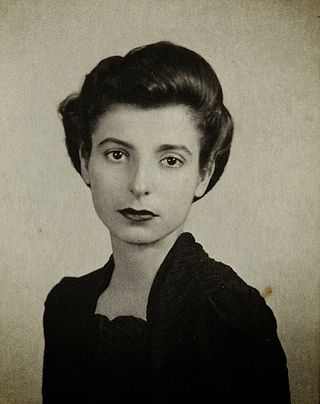
Doña María Cristina Vilanova Castro de Árbenz was the First Lady of Guatemala from 1951-1954, as wife of the Guatemalan President Jacobo Árbenz Guzmán.
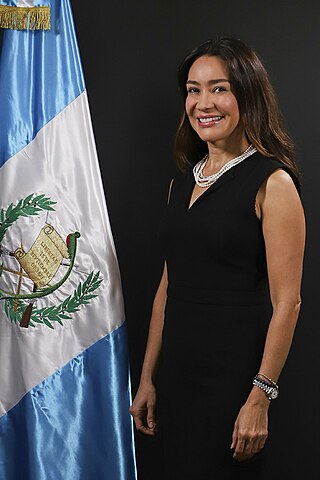
Evelyn Oddeth Morataya Marroquín is a Guatemalan politician and activist, who served as the first lady of Guatemala from 2000 to 2004, as the wife of president Alfonso Portillo. She became First Lady when she was 28 years old, being one of the youngest First Ladies in the history of Guatemala.
Sandra Eleta is an artist and photographer. Eleta was born in Panama City in Republic of Panama on September 4, 1942, as Sandra Eleta Boyd. Eleta studied Fine Arts at Finch College and then later studied Social Investigation in The New School of Social Research in New York. Her study of Social Investigation lead her to tell the life stories of a variety of different people in varying social classes throughout Latin America. In the 1970s, she took courses at the International Center of Photography (ICP) in New York with Ken Heyman and George Tice, who were both photographers. She then went on to teach at the Universidad Nacional de Costa Rica. She lived and worked in Portobelo, Panama for many years, since the mid-1970s.
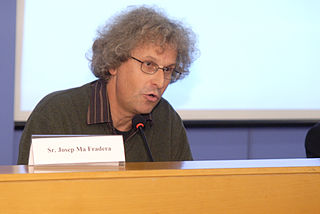
Josep Maria Fradera Barceló is a Spanish historian, professor of Contemporary History at the Pompeu Fabra University. Specialised in the colonial system of the late Spanish Empire, he has also studied the history of Catalonia.